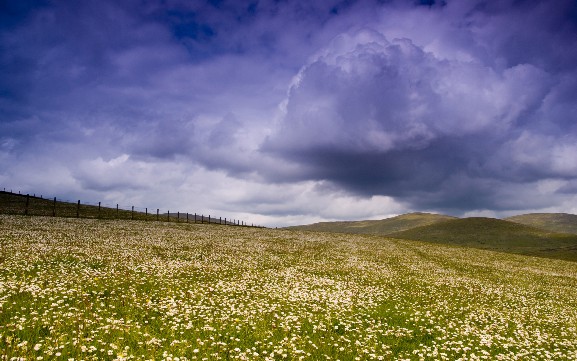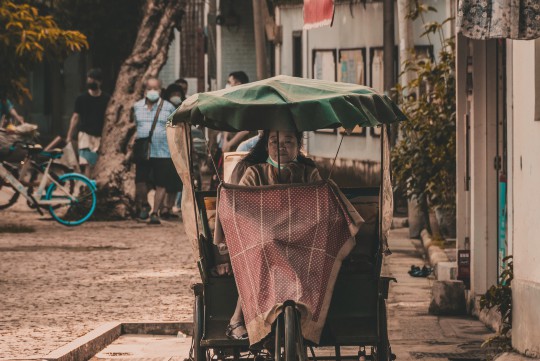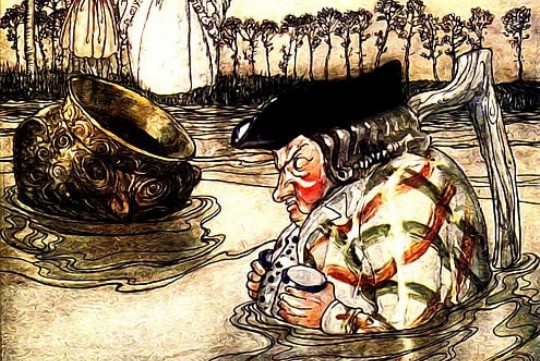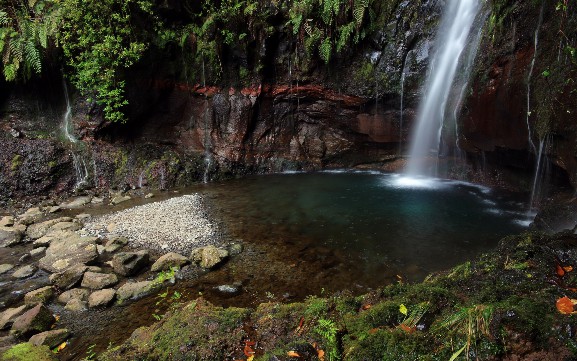本文探讨了人口发展与地理环境之间的关系,重点分析了人口地理学的基本原理和理论框架。文章指出人口发展与地理环境之间存在着密切的相互作用关系,地理环境对人口数量、分布、结构等方面产生重要影响,而人口发展也会对地理环境产生反馈作用。文章通过实证研究,揭示了人口发展与地理环境之间的复杂关系,并提出了相应的政策建议,以推动人口与地理环境的协调发展。
Abstract:
This paper delves into the intricate relationship between population development and geographical environment. The aim is to explore the multifaceted perspectives of population geography, including the impact of environment on population growth, migration patterns, population density, and the influence of population change on the environment. Through an in-depth analysis of various theories and empirical data, this paper sheds light on the intricate interplay between population and geography.
Introduction:
The study of population geography is pivotal in understanding the dynamics of human population growth and its interaction with the natural environment. The intricate relationship between population and geography is multifaceted and complex, encompassing factors like climate, terrain, resources, and socio-cultural factors that influence population distribution and migration patterns. This paper aims to explore this relationship from various perspectives, delving into the impact of population growth on the environment and how changes in the environment affect population dynamics.
Impact of Environment on Population Growth:
The natural environment plays a pivotal role in determining the distribution and growth of human populations. Factors like climate, terrain, soil fertility, and natural resources influence where people live, work, and migrate. For instance, regions with favorable climate and abundant resources tend to have higher population densities compared to regions with harsh conditions. Moreover, environmental changes like deforestation, climate change, and resource depletion can have significant impacts on population growth and distribution.
Population Growth and Migration Patterns:

Population growth and migration are closely linked to the state of the environment. As environments change, people are forced to migrate in search of better living conditions. For instance, desertification in Africa has led to massive migrations to urban areas. Conversely, population growth can also have significant impacts on the environment. As populations grow, there is increased pressure on natural resources, leading to deforestation, soil degradation, and water scarcity.
Population Density and its Impact on Environment:
Population density refers to the number of people living in a specific area. Regions with high population densities tend to have more pressure on natural resources, leading to faster environmental degradation. Moreover, high-density areas often experience more pollution, congestion, and other urban problems. However, low-density regions can also face environmental challenges due to underpopulation, leading to issues like limited infrastructure and poor service provision.
Environmental Impact of Population Change:
Population change not only affects the environment but is also affected by it. As populations grow or decline, the environment experiences corresponding changes. For instance, rapid urbanization leads to increased pollution, deforestation, and loss of biodiversity. On the other hand, population decline can lead to issues like depopulation syndrome, where abandoned settlements lead to environmental degradation due to lack of maintenance and management.

Conclusion:
The relationship between population and geography is intricate and multifaceted. Understanding this relationship is crucial in addressing global challenges like climate change, resource depletion, and sustainable development. Through an in-depth analysis of population geography, we can gain valuable insights into how humans interact with their environment and how we can better manage our resources for a sustainable future.
Questions:
1、How does the natural environment influence population growth and distribution?
2、What are the impacts of environmental changes on population growth?

3、How does population density affect the environment?
4、How does population change influence the environment?
5、What are the global challenges posed by the relationship between population and geography?








